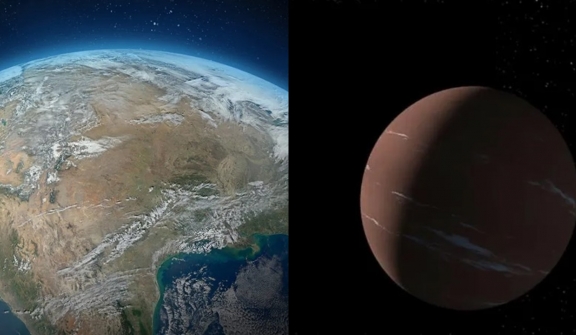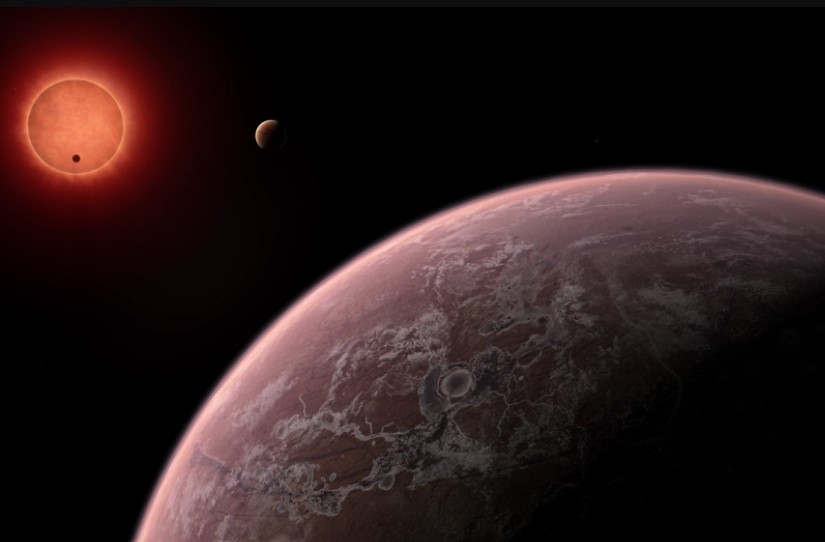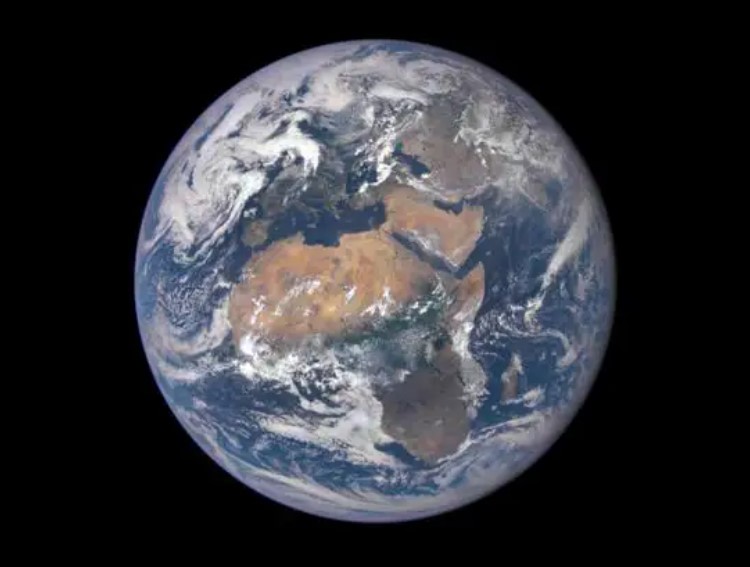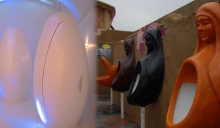
NASA has just announced the discovery of a promising new planet.
TOI-715 b is located in the habitable zone around a small red star. With the size of a super-Earth and only 137 light-years away, it is attracting the attention of the astronomy community.
According to astronomers, this extrasolar planet is called TOI-715 b and is located in the "habitable zone" around a small red star.
Its size is 1.5 times larger than Earth. Interestingly, this system could host another Earth-sized planet. If this information was confirmed, it would become a "habitable zone" planet.

With the distance between the super-Earth and its parent star, the planet could be in the habitable zone, where conditions are ideal for liquid water to exist on the surface, an important element for life.
However, the compatibility of many other factors is required for life to exist.
Astronomers say the planet's habitable zone puts them and the smaller Earth-sized planet in a "favorable position" relative to its parent star.
This super-Earth planet orbits a red dwarf star that is smaller and cooler than our Sun.
As a result, a "year" on this planet lasts only about 19 Earth days.

This significant difference creates a world with distinct times and environments, creating exciting things for research and discovery.
According to NASA, the planet's tight orbit offers significant benefits in detecting and observing planets.
Because of this orbit, planets can be easily detected and observed more frequently.
This opens up opportunities to better research and understand planets outside the solar system, while also discovering more interesting phenomena in the universe.
TESS has discovered many planets in the habitable zone such as TOI-715 b since its launch in 2018.

These planets can be studied more closely with NASA's James Webb Space Telescope, which is designed to detect extrasolar planets and can also explore the composition of their atmospheres, providing suggests the existence of life.
In January, research and discoveries about this super-Earth were published in the journal "Monthly Notices of the Royal Astronomical Society".
The research team was led by Georgina Dransfield of the University of Birmingham, UK.

This announcement marks an important step forward in sharing information and understanding more about this planet while contributing to the advancement of the field of astronomy.
This discovery also marks an important step forward in astronomers' quest to better understand the atmospheric conditions needed to sustain life and explore the characteristics of extrasolar planets.




